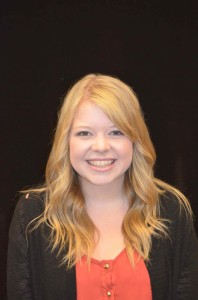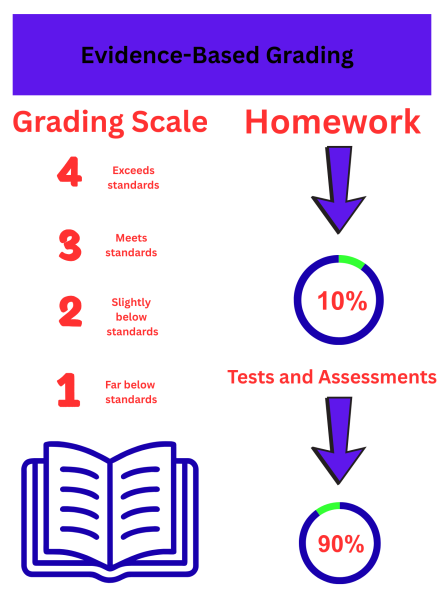Limit on Zero Period Explained
Extracurriculars and electives such as ASB, dance, drama and sports ultimately make it difficult for students to arrange their schedules in ways that fit their preferred classes.
Zero period courses, therefore, are offered as a unique alternative to condense students’ schedules, making it possible to attend more classes in a day and gain more credits for graduation. As beneficial and convenient as zero periods might be, there are a limited amount offered on campus, and this lies in the fact that zeros may not be as favorable for the school as they are for students.
Currently there are 14 zero periods offered on campus, including an ROP. This, surprisingly, is much more than the average amount for other schools in the district; SJHHS, however, is able to provide more in an attempt to ease traffic in the morning on Ortega. CUSD purposely limits the number of zero periods due to concerns over funding.
There is a limit on the number of zero periods each school can have because they do not count for the schools’ instructional minutes.
Furthermore, not all students are eager to wake up early to attend zero period. An attempt was made by students to convert 5th period AP Psych to a zero period, however, not all students were thrilled about the idea.
“A lot of people would find leaving at lunch convenient, but some students in the class already have zero periods, and others just are not morning people. So the schedule switch would not be convenient for them,” said Madeline Hunstein, fifth period AP Psych student.
Hypothetically, out of a class of 30 students, maybe 15 would decide to join a zero period. The other 15 would then be placed in other periods (1-6) therefore making those classes bigger. The more zero period classes on campus, the more students are accumulated for teachers who have periods 1-6. This then becomes an issue for other teachers, students, and staff handling normal schedules.
“Most students who are in a zero period are most in need of having the zero,” said Eric Paulsen, assistant principal of guidance, regarding which students have the ability to enroll in a zero period. These students consist of those who are involved in special programs that require an extra period–or a free period–or those who need extra help in meeting graduation requirements.
The type of classes offered during zero period are for the “types of students who want the zero and have the extracurricular,” said Paulsen.
According to Paulsen, freshmen and sophomores are allowed a zero period only if they are taking six classes; juniors and seniors can have the zero if enrolled in five. ROP classes and Saddleback courses are available to students who take a 0-4, although, this schedule is not recommended by the District.
Juniors and seniors who take multiple AP classes are given priority to a zero period due to the limited period options of these classes throughout the day. For example, a student taking an elective class that only takes place one time (ie. ASB 3rd period), is unable to take their AP 3rd. If administration sees that many students are having this issue, they might decide to make this AP class a zero.
Overall, the courses chosen to be zero periods are determined on a needed basis of the majority of students rather than a wanted basis of a few. Although it may seem a disappointment to some that a class is not offered during this time, it is created with the intention of benefiting our school and providing for the welfare of all students.
Your donation will support the student journalists of San Juan Hills High School. Your contribution will allow us to cover our annual professional memberships as well as equipment and other costs associated with bringing you high quality student journalism.

Senior 2014. Having been involved in the Express newspaper for three years now, I have taken the slight interest I once had in journalism and made...






Fred Alexander • Oct 6, 2013 at 7:45 PM
My daughter is a freshman. I am hoping that she can take a zero period in her junior and senior years in order to take an advanced math class at the junior college. She aspires to become an engineer, so upper division math courses will be needed in order to meet her college math requirements. I hope your school will add more zero periods in the future. I also believe the state should honor zero period classes towards instructional minutes, which seems logical to me. Thanks for the informative article!
Fred